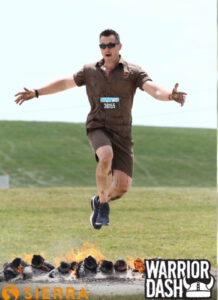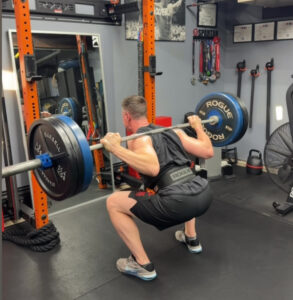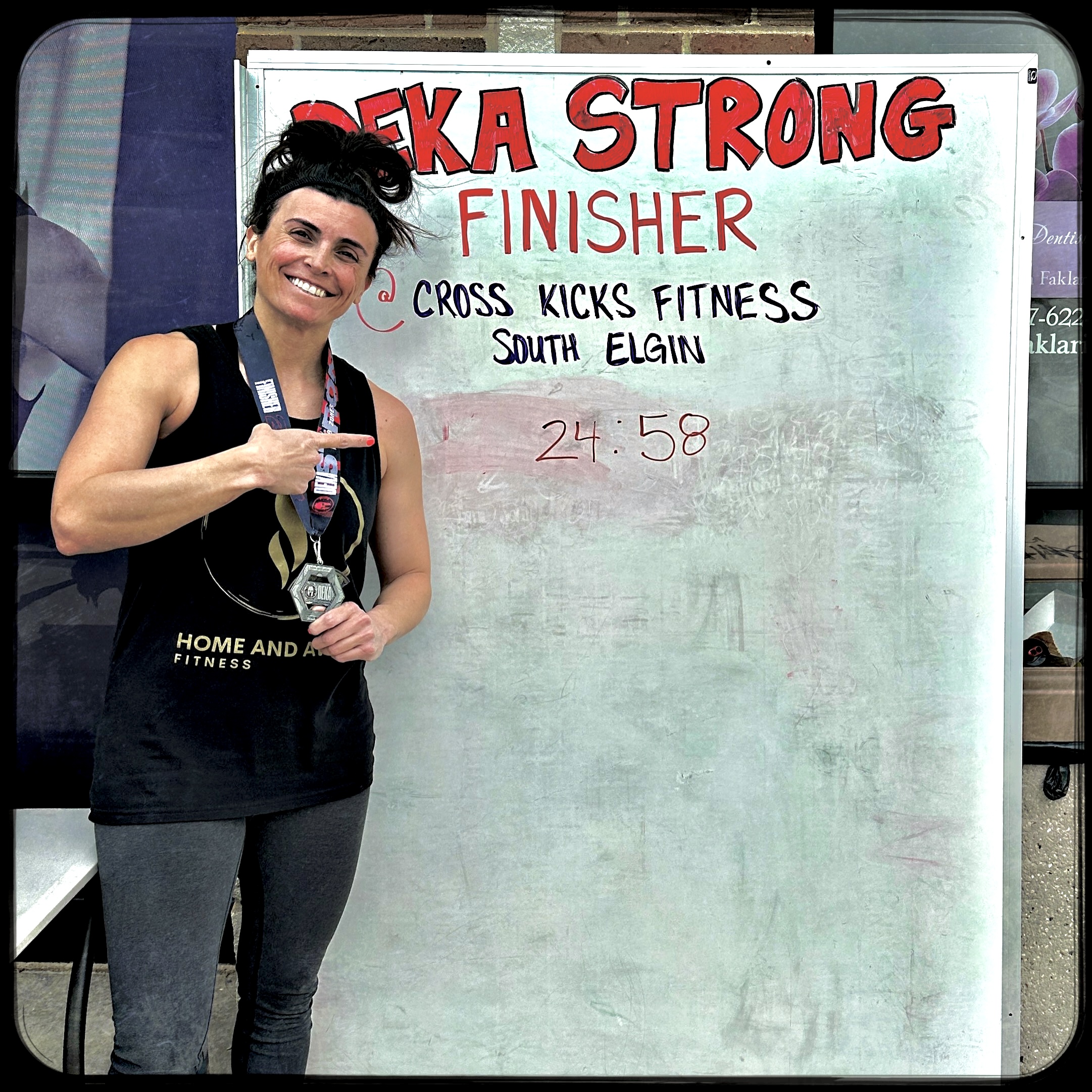 The cardio club will say, you’ll burn fat by torching calories when you increase that heart rate. Weight lifters, however, believe excess fat is best shed by increasing muscle mass because it causes you to burn more calories throughout the day.
The cardio club will say, you’ll burn fat by torching calories when you increase that heart rate. Weight lifters, however, believe excess fat is best shed by increasing muscle mass because it causes you to burn more calories throughout the day.
So which is truly best?
Both arguments are actually true, according to Andy Galpin, Ph.D., C.S.C.S, N.S.C.A.-C.P.T., assistant professor at California State University, Fullerton.
You burn more calories when you’re heart rate is elevated, explains Galpin. You also continue to burn more calories every second of the day when you have more muscle. However, the difference won’t be significant for most people, says Brad Schoenfeld, Ph.D., C.S.C.S., professor of exercise science at Lehman College.
“Fat loss for most people is simply a product of work,” he says. Ultimately, there isn’t just one “right” exercise, and the reality is any kind of movement is great for your body and can help you achieve your weight-loss goals.
It’s recommended that adults need 150 minutes of moderate aerobic activity a week, or 75 minutes of vigorous activity—or a combination of the two. But, most people don’t get that much exercise.
Just over half of American adults, or 53 percent, get enough aerobic physical activity, and only 23 percent meet the aerobic and muscle-strengthening activity guidelines, according to the Centers for Disease Control and Prevention (CDC).
“The World Health Organization has been recommending for some time that physical exercise of any sort, including light intensity, is better for general health than being sedentary,” says Dr. Nick West, M.D., a cardiologist and chief medical officer and divisional vice president of global medical affairs in the vascular business of the health care company Abbott.
The best exercises are the ones you’re most consistent with. It makes sense that you’re less likely to lace up for that jog if you detest running.
Working out has so many health benefits beyond weight loss. So, there’s no need to choose workouts that you hate to hit your weight goal.
A Solid Fitness Plan Includes Variety

Adherence and effort will determine a huge percentage of the fat loss pie. You may not want to hear this, but most people won’t notice a huge difference in fat loss by choosing one type of exercise.
Variety may be the spice of life, but it’s also best for your health. There’s no need to spend hours on your deadlift if you’d rather run, and I believe changing your routine has benefits that go beyond weight loss.
Varying up your workouts will feel less monotonous and help you stick to it. It’s natural to get bored when you do the same thing all the time. So, instead of going to the same spin class week after week, try something new, like kickboxing or weight lifting.
When you stick to the same moves, you also open yourself up to injuries by continually stressing the same muscles–especially if you have bad form. “Over time it will catch you.”
If cardio is your main jam, it’s important to add some kind of resistance training into your routine. A 2021 study published in FASEB Journal showed that weight training leads muscles to create and release genetic material, which flows into fat cells and ignites the fat-burning process.
The weight training doesn’t need to be intense, though. Research suggests that short but regular bursts of low-intensity weight training may offer the same strength and muscle-building effects as less frequent, but more strenuous workouts.
This is important, as muscle strength is critical to general health—declining muscle mass occurs with age and can contribute to other conditions including osteoporosis, cardiovascular disease, diabetes, some cancers, and even dementia.
Losing Weight Shouldn’t Be The Only Reason You Work Out
Aerobic activities have long been praised for making your heart stronger, lowering blood pressure, and yes, burning calories. But studies show that regular cardiovascular activity offers many other benefits. It may help lower stress, improve sleeping habits, and reduce joint stiffness, according to the Mayo Clinic.
Strength training is also beneficial because it increases bone density, lean muscle mass, and metabolism.
That said, working out won’t change the number on the scale if you’re living on pizza and fries. Researchers have found that people who began an exercise plan ate about 90 more calories each day. This isn’t much, but it was enough to stall weight loss, according to the paper published in The American Journal of Clinical Nutrition.
Exercise doesn’t burn as many calories as you’d think. For example, a 180-pound man who jogs a 10-minute mile for 30 minutes burns about 400 calories, according to the American Council on Exercise. To put that into perspective, a slice of supreme pizza from Pizza Hut contains 380 calories. That run likely won’t negate extra calories from indulgent meals.
Putting it all together can be very difficult and some people have great success on their own, but most require a guide in the beginning. Someone to hold you accountable and to answer your questions.




